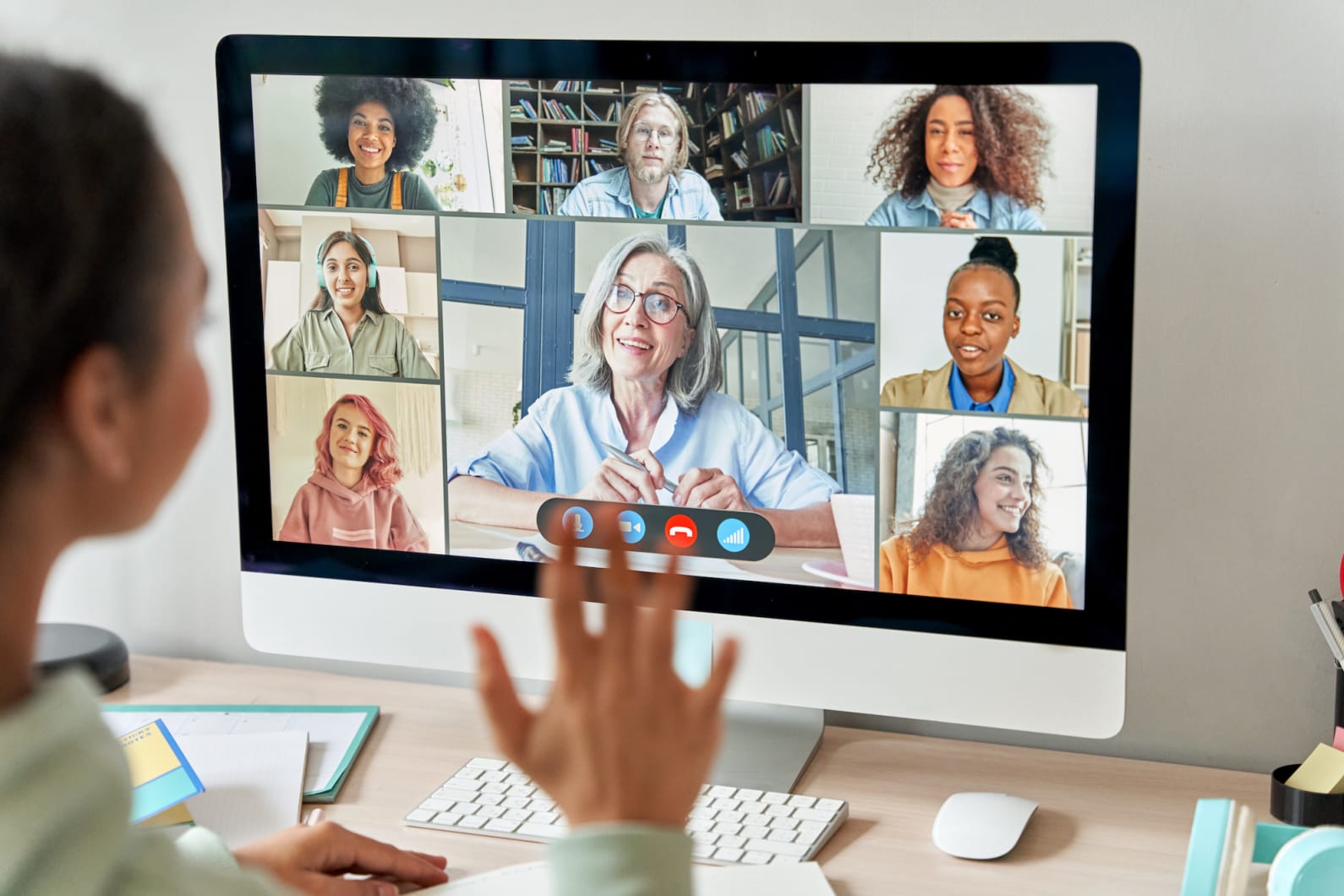While online learning has an assortment of pros and cons, one element of particular concern is the sense of community amongst students. Especially in higher education contexts, building relationships between students is an essential component not only of students’ learning but also of their social and professional lives. For these reasons, many instructors may become worried about the connections between students. To determine the most appropriate ways to get students to engage with each other, educators must first consider the benefits of various approaches that emphasize student-student interaction.
Peer-to-Peer Education Approaches
Do students learn as much from each other as they do from the teacher? Researchers have been attempting to understand this question for a long time. This interest is rightly substantiated given how significantly peer engagement strategies influence teaching and learning practices. However, as with a lot of pedagogical research, hypotheses are difficult to test due to methodological issues regarding the measurement of learning and what constitutes educational success.
This difficulty is what resulted in research—such as an article from the late 1980s appearing in the International Journal of Educational Research—to compare peer-to-peer strategies to other strategies of the same nature. Researchers William Damon and Erin Phelps picked three techniques: peer tutoring, cooperative learning, and peer collaboration. The research focused on two elements of engagement, equality and mutuality. Within their framework, the researchers’ findings suggest that only peer collaboration offers high levels of both equality and mutuality. The researchers found that one reason for these high levels is the educational value in joint problem-solving. With peer collaboration, solutions are devised with multiple individual perspectives, which allows students to think outside of their own mindset
In more recent years, peer-to-peer approaches have been rapidly gaining in popularity, prompting an assortment of new scholarly insights. Such work emphasizes an understanding of models, and takes aim at more specified contexts. Martin Stigmar, for instance, compiled 30 pieces around this debate, and produced the general finding that peer-to-peer strategies are most beneficial for the development of generic skills. Moreover, Stigmar included studies that outlined the positive influence on the instructor.
Strategies for Peer Communication
Typically, research conceptualizes peer-to-peer learning as an in-person process. As such, most offerings from the literature offer strategies for the materialization of peer engagement in the classroom. However, with some creative application—combined with a consideration of the online environment—there are ways to achieve a high level of peer-to-peer engagement.
- Online discussion – The most clear way to get students to interact with one another, promoting online discussion, can be aided by a series of instructor-led practices. These practices include adopting a facilitator-type role to keep a distance, asking provoking follow-up questions, and providing visual representation to help guide the class conversations. Keep in mind the functionality of online learning tools, such as digital whiteboards and break-out rooms.
- Communication channels – While LMSs (or VLEs) like Brightspace, Canvas, or Blackboard offer communicative features between students, other chat platforms offer students a different, more personal way to connect. Encouraging the creation of a class Discord or Slack channel may help grow student relationships.
- Online group projects – Cooperative group work is one way to get students to engage with one another, and exercises in this format promote the building of collaboration and communication skills.
- Peer grading – By allowing students to grade their peers, they engage in an interesting and new dialogue that encourages reflection. It promotes their own learning by viewing assessment differently.
The Benefits of Peer-to-Peer Communication in Learning
Peer-to-peer engagement is an essential component of learning, as it fundamentally relates to the social skills obtained through educational environments. While the online world presents a significant challenge, thinking through the ways in which students can be brought together can help make the online classroom a place for students to become a
community.



